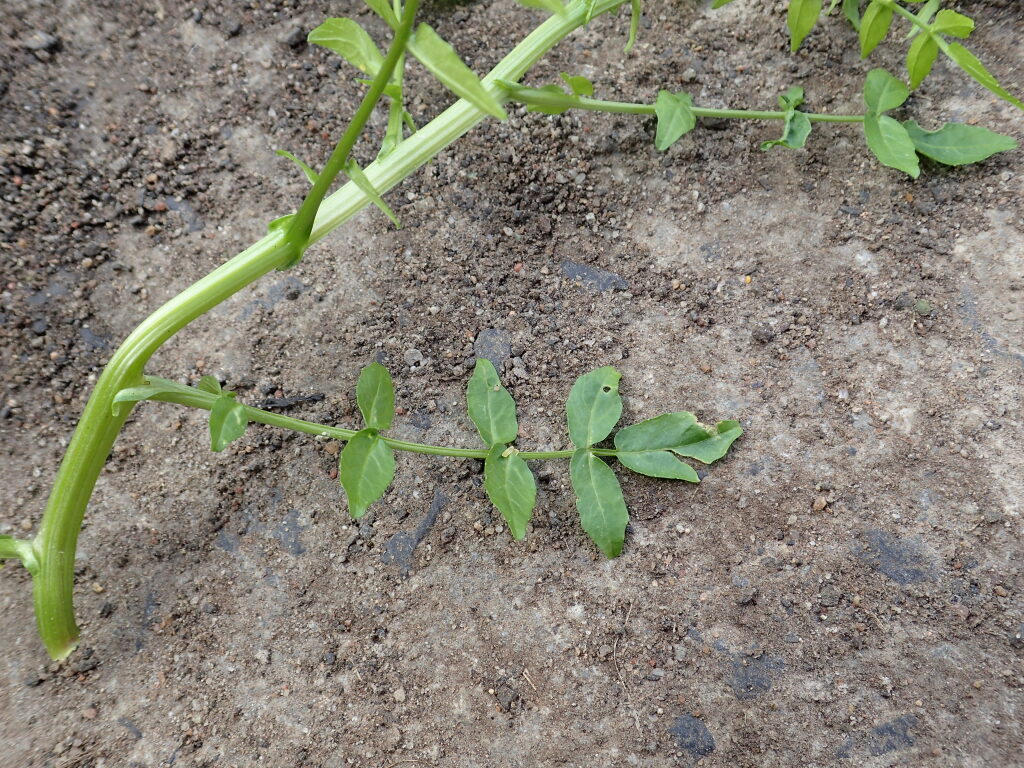Nasturtium officinale
R.Br.Perennial, decumbent, stoloniferous, growing in mud or shallow water; stems to 250 cm long, hollow, angular, glabrous. Leaves pinnate or pinnately divided, mostly to 10 cm long, becoming smaller towards inflorescence, lateral segments broadly elliptic, glabrous. Sepals 2–2.5 mm long; petals 2.5–5 mm long, white; stamens 6. Fruit spreading, narrow-oblong, curved, 10–18 mm long (excluding style), c. 2 mm wide; style less than 1 mm long; pedicels spreading, 8–15 mm long; seeds in 2 rows per locule, coat reticulate with 25–50 depressions per face. Flowers spring–autumn.
GleP, Brid, VVP, VRiv, GipP, OtP, WaP, Gold, CVU, GGr, DunT, NIS, EGL, EGU, WPro, HSF, HNF, OtR, Strz, MonT, HFE. Also naturalised WA, SA, Qld, NSW, Tas. Common aquatic weed of lowland creeks and drains, mostly in southern Victoria.
Hybrids between Nasturtium microphyllum and N. officinale (previously referred to Rorippa ×sterilis Airy Shaw) have been reported from New Zealand. Such hybrids have deformed fruits with no more than 4 well-formed seeds, and seed-surface markings intermediate between the two species (see Rich 1991, pp. 152–3).
Cultivated as a salad vegetable and probably deliberately naturalised last century.
Entwisle, T.J. (1996). Brassicaceae. In: Walsh, N.G.; Entwisle, T.J., Flora of Victoria Vol. 3, Dicotyledons Winteraceae to Myrtaceae, pp. 399–459. Inkata Press, Melbourne.
 Spinning
Spinning

